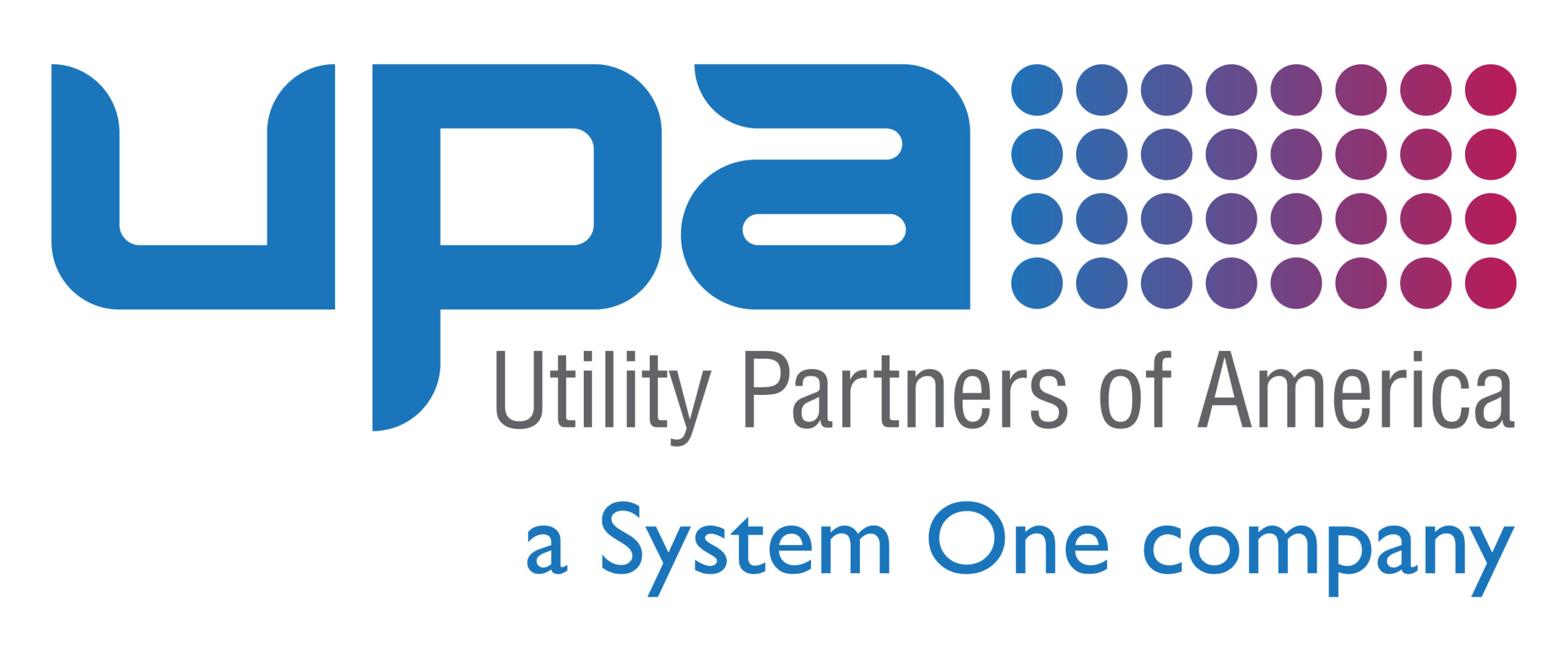A project without a project manager is a lot like a runaway train without a conductor. The most successful endeavors have someone at the helm to keep critical players moving in the right direction. They know when to start and stop as needed and ensure employees are completing tasks on time. Despite this, one study of more than 10,000 projects across various industries found that only 2.5% of companies completed 100% of their projects successfully. That stat alone shows the importance of project management — and that there is room for improvement.
As is the case with most things, the simplest project management strategies tend to be the most effective. While every industry has its own nuances, there are some common threads in project management that apply across them all. If you’re looking for a few new ideas to implement, you’re in luck. Below, you’ll find three simple project management strategies to deploy that can keep your projects running smoothly.
Take it one step at a time
One of the most common mistakes that companies with inexperienced project managers (or none at all) will make is doing too much at once. While multitasking sounds good in theory, there’s a chance that it could lead to errors. Focus on completing one task at a time before moving on to the next.
Related: Why Outsourcing Makes Sense
Additionally, try to finish the most difficult tasks first whenever possible. In many cases, these are the tasks that will take the longest and are most likely to create complications. By getting them out of the way first, you may be able to avoid costly delays in the future.
Create a checklist for project management success
Think of going into a new project without a checklist like exploring a new territory without a map or a compass. To do so would be both inefficient and ineffective. While it may seem like a lot of work, spending just a little bit of time upfront on a simple checklist can save you a lot of time, effort and money later.
Here are a few things to incorporate into your checklist:
- Project definition: Includes a detailed recap of the deliverables and objectives, along with the metrics that you will measure, the timing in which you hope to complete the project, and your project budget.
- Work breakdown structure: Projects that adhere to a work breakdown structure are more likely to stay on schedule because each individual task is plotted with requirements and task dependencies listed for prioritization.
- Project plan: This is your project’s master document. That means it should include everything from your schedule to tasks to a communication plan, among other critical materials.
- Monitor and measurement plan: You’ll never know how successful the project is without some way to measure it. Always make sure that you’re taking the time to analyze the metrics listed in your project definition.
Once your checklist is complete, manage your risks
As you’re developing the project definition and scope, you’ll also want to assess any potential risks that could harm the project’s goals. From there, good project managers can build out preventive measures to mitigate those risks. And if problems do occur, have contingency plans in place to keep moving forward.
On any project, one of the biggest risks is cascading delays. That’s where your work breakdown structure can help. Have an organized view and thorough understanding of task dependencies to help eliminate multi-level delays by reallocating resources as needed.
Another benefit to project management is having someone who can shut down scope creep. That’s a term used to describe unplanned changes that occur mid-project. A sound project management strategy includes the evaluation of each proposed change to estimate the influence on the budget and timeline to determine if it’s advisable.
The key with any project management plan is to evaluate it after completion and uncover what you could do differently next time. Those learnings, especially if they involve changes to components of the checklist, are instrumental in making your organization more efficient and effective in the future.
Utility Partners of America has completed hundreds of construction and service projects on behalf of utilities and energy co-ops over the last 20+ years. To learn what we can do for you, contact us today.




